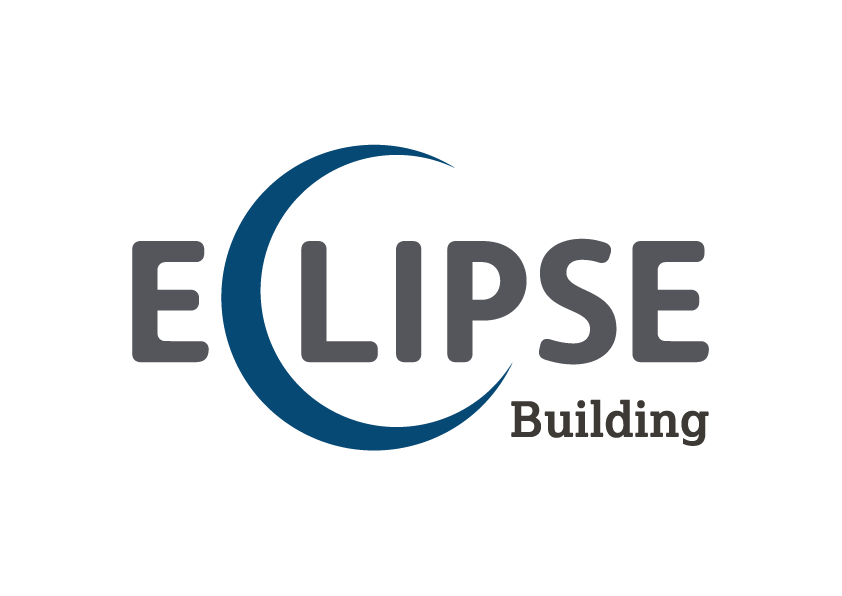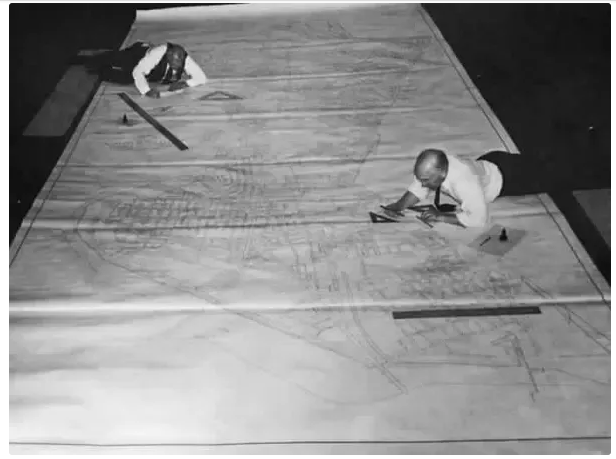It’s been a long time since hand drawing and lying on the floor with rules and set squares were normal operating procedure in the construction industry. Thanks to the rapid evolution of tools and technology in building processes, we are now equipped to build better, safer, and faster and at a lower cost than in the past.
In just ten years, the impact of technology on the construction sector has forever transformed the industry. Let’s talk about one of the most instrumental technological advantages, CAD.
Construction-Aided Design
Computer-aided design (commonly known as CAD) is a must nowadays. It is so immersed in our daily tasks that engineers and architects cannot conceive life without it. It refers to the possibility of using computer software to help in the creation, adjustment, and optimization of a part or a compilation of parts. It allows higher precision, simpler and more accurate design iterations, and comprehensive documentation for the part and project management.
These systems can generate and design information faster and more accurately and can implement changes with more ease than traditional drafting. Construction work can begin at an earlier stage since the design is more swiftly developed. The savings in time-related design costs are also significant: one experienced CAD technician can produce four drawings in the same time it takes an engineer at a drafting table to deliver just one.
The benefits of CAD in the construction industry have already been meaningful in several respects:
- simple and accurate automation and process modeling;
- reduced interferences;
- improved communication to ensure that the precise component is available at the construction site when needed;
- highly accurate dimensional analysis and mathematical scalability using vector graphic technology;
- better feedback to the design cycle on the impact of constructability enhancements;
- greater interactivity between different materials and properties.
CAD and IoT
As we discussed in one of our latest posts, the Internet of Things (IoT) is greatly impacting the construction industry.
But how is IoT linked to construction-aided design? By importing data such as stresses and temperatures to the 3D CAD model, updating boundary conditions, for example, engineers are able to obtain more accurate simulations. Models become the physical product’s digital twin, an exact replica of the real-world design.
The digital twin deepens the understanding of how a product would perform in the physical world, providing insights on design, operation, and service. It is now possible to look at this digital model in CAD, sourcing information from all areas and see how the real-world data has an impact on your design, right on your screen.
Going one step further, it is also possible to visualize and interact with the model in a virtual setting by publishing the digital twin directly from CAD to an augmented reality (AR) environment.
As leaders in our industry, at Eclipse Building Corp. we know how to create that perfect balance between using technology to our advantage and respecting the quality craftsmanship brings to any project. If you have a renovation or construction project coming up, contact us to see how we can help.

